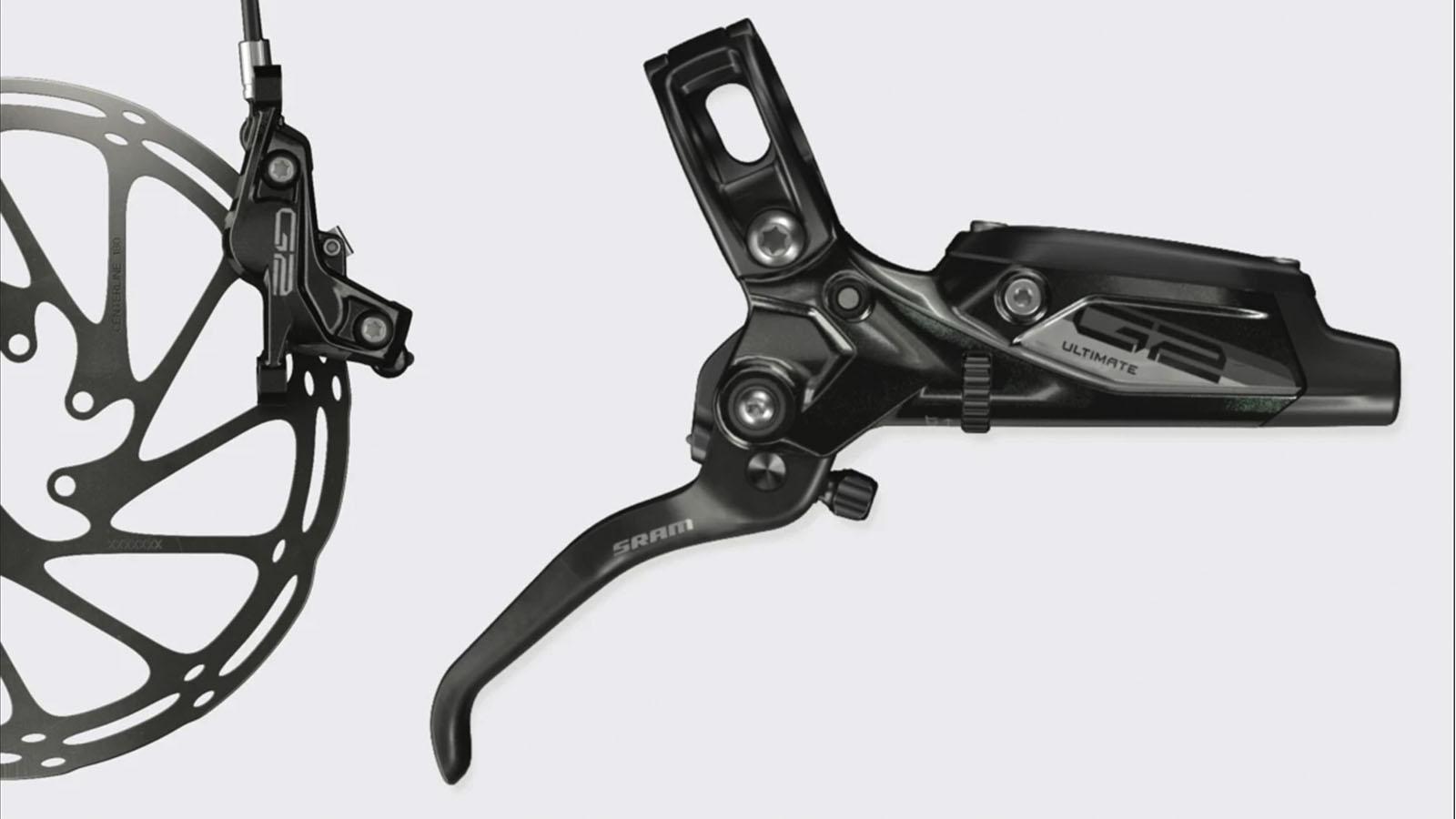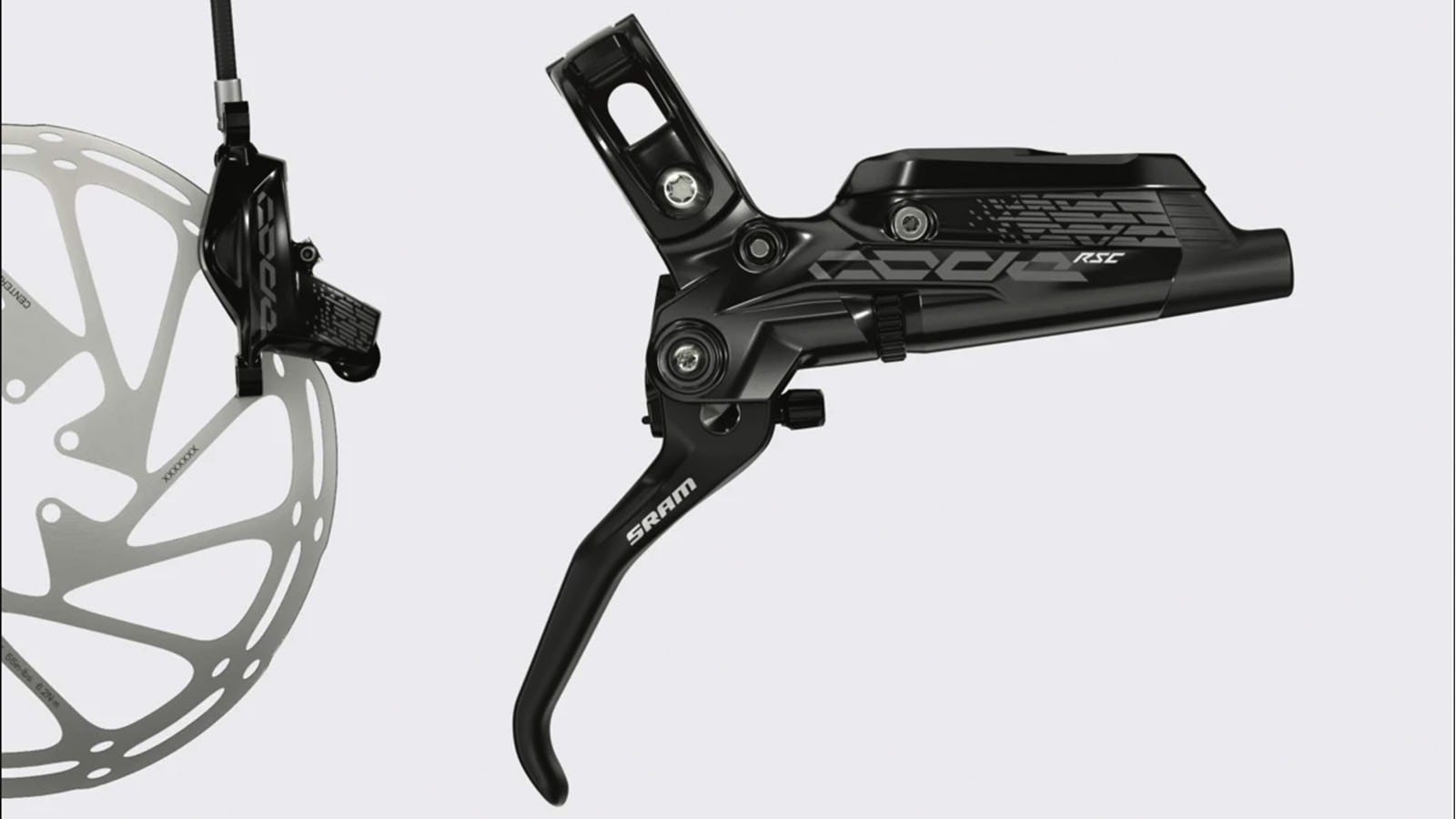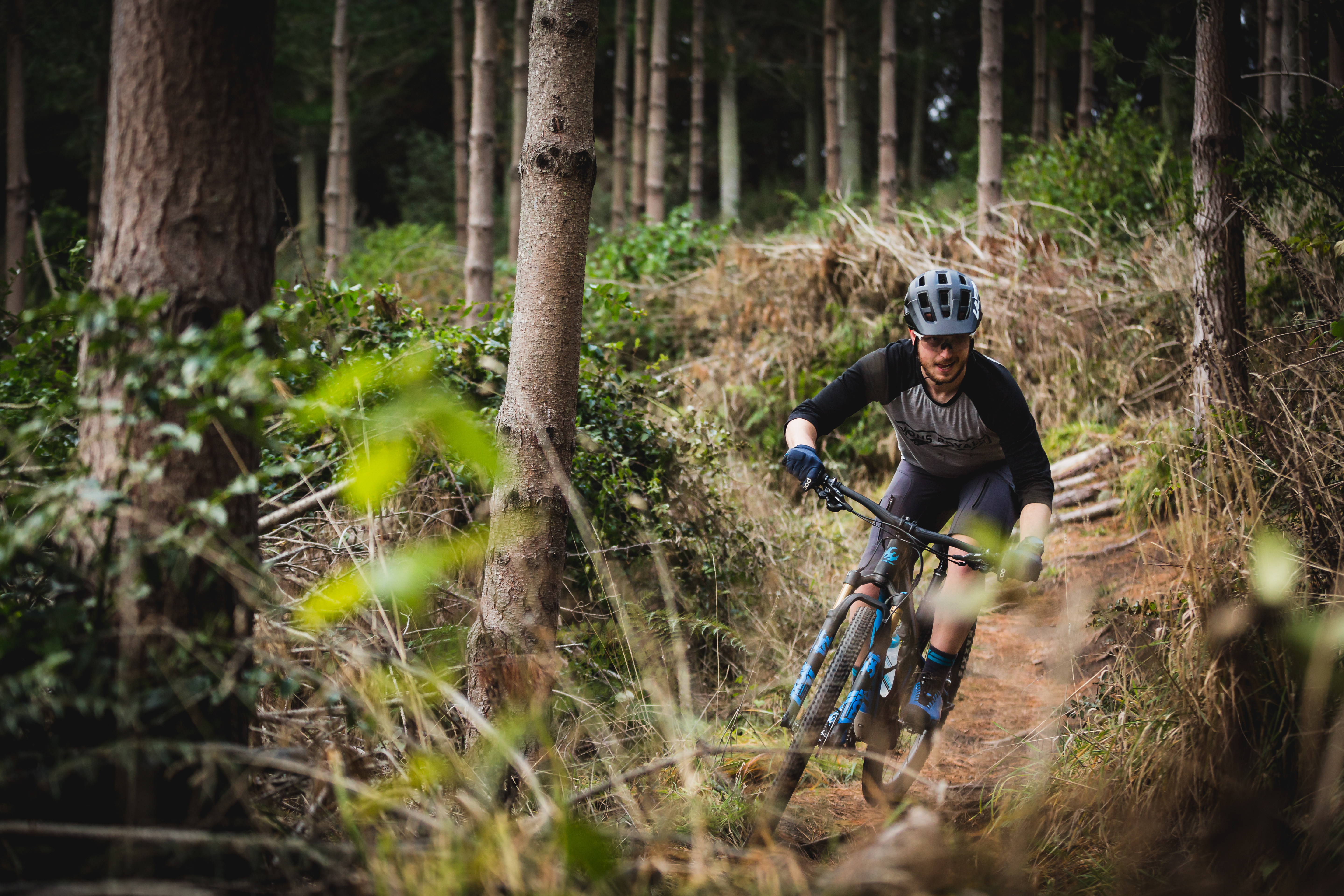SRAM mountain bike brakes range overview
Bike Perfect's guide to the hierarchy of SRAM mountain bike brakes

When it comes to the best mountain bike brakes, everyone has their preferred brand. Some love the consistent bite point and power of Shimano brakes, while others lean towards the superior modulation and control offered by SRAM. And there are plenty of other third-party options out there too
SRAM didn't start off making brakes. Back in 2004, the company acquired Avid, a brand that at the time, had a decade of experience producing brakes in the bike industry. Over the years, SRAM has evolved and improved its hydraulic systems with riders such as downhiller Troy Brosnan and XC crusher Kate Courtney each having ridden SRAM brakes to victory at the highest levels of their disciplines.
You don't have to be a pro to enjoy the performance benefits of SRAM brakes. The company offers a wide range of stopping power for XC, trail/enduro and downhill riding. This is our guide to the SRAM brake range of products, which can help you select a brake that suits your riding style and budget.
SRAM brake range
Why trust BikePerfect

SRAM Level
Specifications
Reasons to buy
Reasons to avoid
The Level brakes are designed for cross-country riders looking for the lightest SRAM brakes around — the top of the range Level Ultimate has a claimed weight of 318g. The levers themselves are based on the trail-oriented Guide, mirroring the internals with the same Timing Port and Expandable Bladder, but the tool-free reach adjust has been ditched for a system requiring a hex wrench — you know, because knobs add grams. The flagship models also feature titanium hardware.
The Level calipers grab the rotors with two pistons; again, pistons have mass so the fewer, the better in the mind of weight-conscious riders. To ensure peak performance and heat management, they still see the stainless steel heat shield borrowed from the Guide brakes. At the top of the product pyramid, the Ultimate and TLM versions feature a one-piece caliper, the rest of the range are two-piece designs. Any Level brake with an ‘L’ in the name also features a lightweight lever and caliper design.
Models available:
- SRAM Level
- SRAM Level T
- SRAM Level TL
- SRAM Level TLM
- SRAM Level Ultimate

Specifications
Reasons to buy
Reasons to avoid
Nicknamed the Mini-Code, the G2 brakes supersede the Guide as SRAM’s middle-of-the-road trail brake set. The G2 uses the same pad design, mounting hardware, hose fittings, Bleeding Edge system, SwingLink, pistons and fluid volume as its predecessor — so what is actually different?
Starting at the calipers, SRAM says the pad pocket is narrower on the G2, making for a stiffer caliper body. The area around the bolt which connects the two halves of the caliper has been beefed up to supply a seven percent increase in power.
There's also a new hybrid metallic/organic pad material, and only the Ultimate model gets a sealed bearing lever pivot; the RSC spec rotates around a bushing.
Models available:
- SRAM G2 R
- SRAM G2 RS
- SRAM G2 RSC
- SRAM G2 Ultimate

Code
Specifications
Reasons to buy
Reasons to avoid
The Code brakes are designed for those situations where power and modulation keep you on the ragged edge but don’t quite let you fall over the side in dusty carnage. Designed for gravity riding and reigning in portly electric mountain bikes, the Code brakes feature a four-piston caliper with each side featuring a 15mm and 16mm piston — SRAM says this increases stopping power by 15 percent over the previous model.
At the lever, SRAM has increased the size of the fluid reservoir by 30 percent to combat brake fade as the system heats up.
You won’t find any carbon bits here. Instead, the tool-free reach adjust and heavy-duty design favors performance over weight savings — ideal ingredients for downhill or enduro bike riders.
Models available:
- SRAM Code R
- SRAM Code RSC
SRAM brake technology
1. Bleeding Edge
Brakes with SRAM’s Bleeding Edge see the bleed port moved to the bottom of the brake caliper, allowing gravity to fill each piston bore with brake fluid for automatic air purging of the whole system — something which provides a smoother and more consistent bleed.
2. Contact Point Adjustment and Reach Adjust
SRAM’s contact point adjustment allows you to adjust the modulation without having to fiddle with the brake pads themselves. Brakes with Contact Point Adjustment will be denoted with a ‘C’ in the name.
Reach adjustment is key to placing the lever in just the right spot. Sram’s Code, Guide and G2 brakes see tool-free reach adjust, while the Level brakes have hidden tooled reach adjustment — each denoted by an ‘R’ or a ‘T’ in the name respectively.
3. Lever pivot bearings
SRAM’s high-end brakes feature a sealed bearing at the lever pivot for a smooth and light lever action while the other models in the range rotate on a bushing.
4. MatchMaker
With brakes, shifters, lockout lever and dropper post levers, cockpits are becoming increasingly crowded. All brakes have a clamp, so why not take advantage of it to secure everything else to your handlebars? MatchMaker allows you to utilize your brake clamp for shifters, dropper post levers, and suspension lockouts — less hardware means fewer grams.
5. Piggyback Reservoir
Do you run your brakes standard or moto style? SRAM’s Piggyback reservoir means the lever can be attached to the bar on either side, so instead of having to swap the hoses, you can just switch the levers around.
6. SwingLink
Found on the high-end gravity-focused brakes, the SwingLink sits behind the lever to push the plunger that moves brake fluid to actuate the brake pads. Essentially, the cam allows the pads to move quickly up to the point they make contact with the rotor and then reduces the mechanical advantage from the lever to provide more control.
While this system isn’t all that unique, the triangular cam combined with upsized pistons eliminates the dead space in the lever throw providing even modulation and eradicating unwanted wheel lockups. Models that don’t have the SwingLink cam will feature a DirectLink design.
Brakes that have the SwingLink will have with an ‘S’ in the name
7. Timing Port Closure
The timing port in a hydraulic brake is found between the connection in the reservoir and the master cylinder bore; when the lever is squeezed, the port is closed, pressurizing the system. SRAM says its timing port closure system features durable seals and an ultra-smooth cylinder bore finish for consistent braking power.
8. Expandable Bladder
Air bubbles in hydraulic brakes can destroy feel and braking consistency because gasses can be compressed considerably more than liquids. SRAM says the shape of its internal fluid bladder is designed to force air out of the lever, so it's always filled to the brim with fluid. This system allows a degree of self bleeding, resulting in improved back pressure relief for more dependable braking.
9. Heat Shield
SRAM’s brake calipers feature a layer of stainless steel insulation between the brake pads and caliper body, keeping the brake fluid cool —SRAM says the Heat Shield reduces caliper fluid temperature by up to 20 degrees Celsius.
10. Ultimate
Brakes with the Ultimate moniker feature a carbon lever for added stiffness and reduced weight while still retaining all the attributes of its higher-end stablemates.
11. Dot 5.1 fluid
All of SRAM's hydraulic brakes utilize DOT 5.1 fluid instead of mineral oil. DOT fluid and mineral oil have the same boiling temp (208°C) but SRAM says DOT fluid is less compressible than mineral oil and deals better with contaminants such as water.

Born and bred in Colorado, and now based in Australia, Colin comes from a ski racing background and started riding as a way to stay fit through the summer months. His father, a former European pro, convinced him to join the Colorado State University collegiate cycling team, and he hasn't stopped since. It's not often he pins on a number nowadays, and you'll likely find him in search of flowy singletrack, gravel roads and hairpin corners. Colin has worked at Bikeradar and is a regular contributor to Australian Mountain Bike and Cyclist magazines.
Rides: BMC Team Machine SLR01, Trek Top Fuel 9, Ibis Ripley
